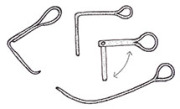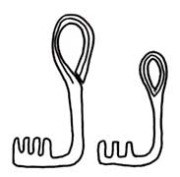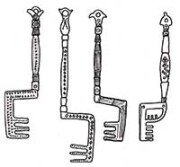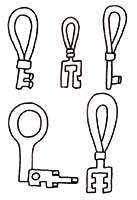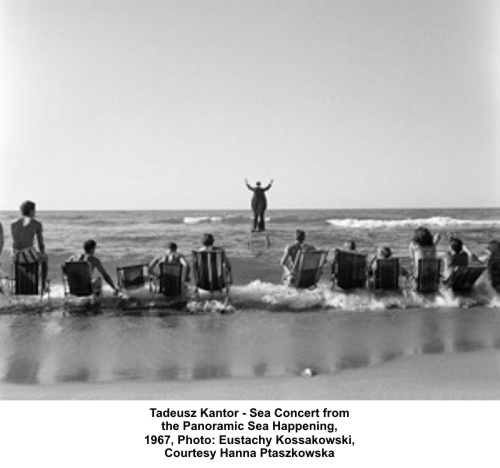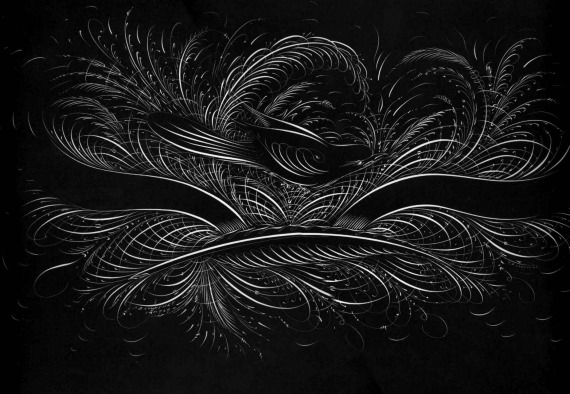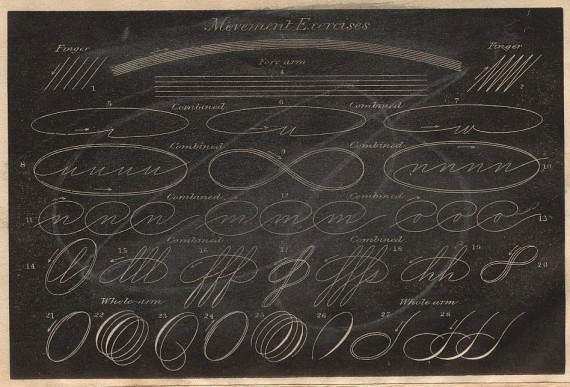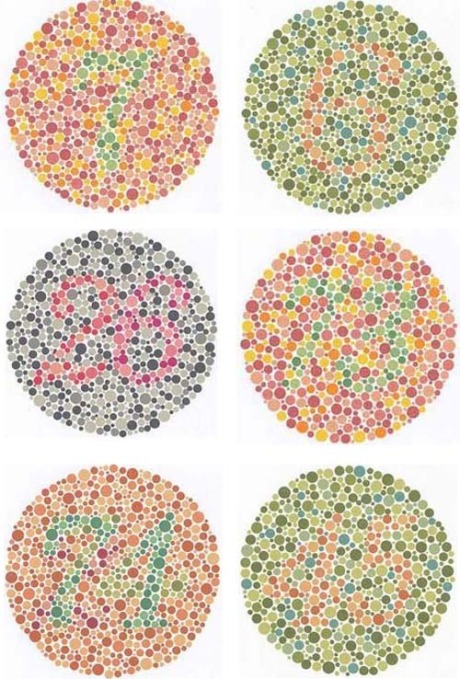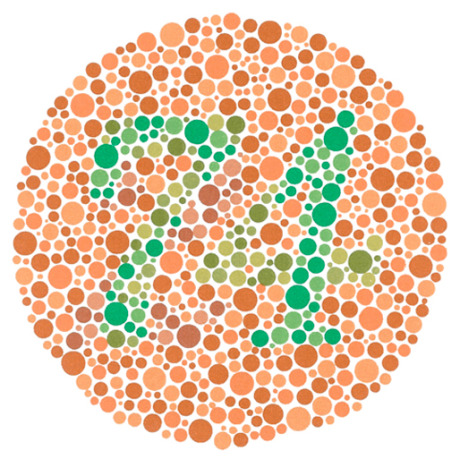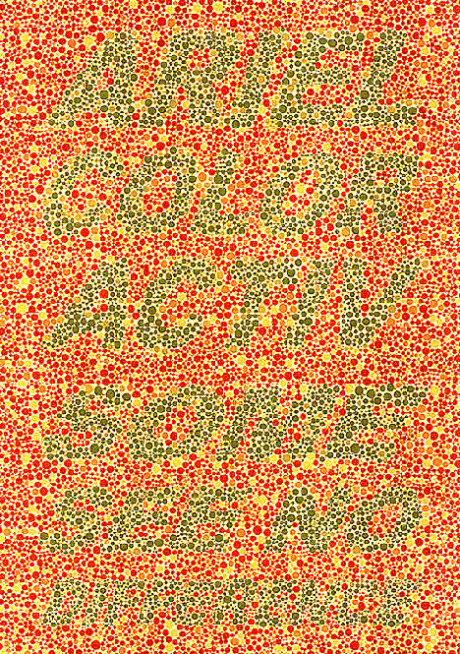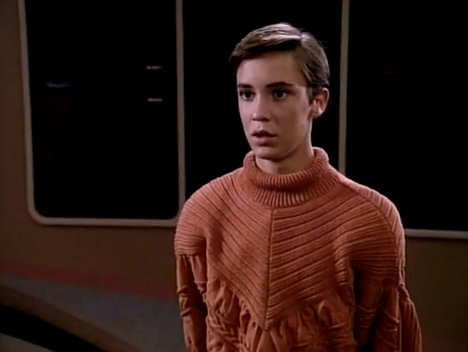Such lists make no sense, and we all know it. For one thing, only the films made with guaranteed distribution deals — fewer and fewer, these days — are released in theaters the same year they have their "premiere" at a film festival. If I saw a film at a festival this year but it isn't in a theater in my city until next year, when did it "come out"?
Secondly, films come out in theaters and on DVD months or even years apart depending on where in the world you live. A few years ago, New Yorkers, Londoners and Parisians could imagine they had seen just about every film in the theater that was worth seeing, and cinephiles in Hong Kong could procure a DVD of just about any film as soon as the filmmaker had burnt a copy for a festival — but this is also rapidly becoming a thing of the past. The only chance anyone has of seeing the bulk of the most interesting, innovative and important films in a given year would be to globe-trot from Venice to Cannes to Toronto to Sundance to Edinburgh to Rotterdam to Tokyo to Thessaloniki to Ann Harbor, ad infinitum.
These facts make any list of the "best films of the year" highly suspect, because it takes either a genuinely or willfully ignorant person to believe they have had a chance to see all of the likely contenders — let alone be surprised by a first-time filmmaker or experimental work. Most people's best-of lists look like an advertisement for their local megaplex, fully accepting and promoting the pretense that the studios and cinema corporations are going to serve up the coincidentally most important and most profitable films of the year in global cinema. At the very least, these lists should come with a lengthy introduction of acknowledged biases and shortcomings — to not do so is at best misleading and indecent, at worst ethnocentric and damaging to the struggle of independent filmmakers to have their films seen. Slightly less idiotic but still outrageous are the claims that any given year was "a bad year for movies" — which operates under the same pretense that the best films were the ones that had the movie stars, the huge budgets or the theatrical distribution in say, Los Angeles.
My generation seems to be far more enlightened and mature about their music than their films. I have never seen a friend or a reputable magazine claim that the Grammy's represented the best albums of the year, or that all one had to do was tune into their local corporate pop radio station during their commute in order to be exposed to the best that the music world has to offer. In both cases, most adults I know seem to distinguish between "popular culture" and the rest of it — but in the case of film, a lot of people I know and many contributors to cultural discourse that I come across make little or no effort to seek out the non-commercial, the international, the independent and the original. In short, I don't know many people who would say with a straight face that the latest Beyoncé record represents the finest achievement in the art of music this year, yet I am inundated with similar claims for Black Swan, Toy Story 3, The Fighter, etc.
I find it useful to think about the differences between the way we speak about film and the way we speak about any other art form, as it betrays the extreme value and burden that is placed upon moving images as the official conduit of mass culture. If anything, film is discussed in similar terms to literature — we have our genres, our light fare, our masterpieces, our classics, our gender-specific categories. What we don't have in literature, however, is the commonplace serious assertion that John Grisham's The Confession was the most noteworthy and finely written novel produced anywhere in the world in 2010. While we are happy to describe such books as guilty pleasures, we stop short of giving them the ultimate praise for their "entertainment value", and yet in film, there is a pressure to only consider a film as great if it was able to "entertain" us.
We do not ask our paintings to "entertain" us, nor our sculptures or other fine arts, and this is perhaps due to some strict ordering of our experiences of all things "narrative". More sinisterly, and accurately I fear, it is clear that "entertainment" is an extremely loaded term — one which carries with it the desire to see reflected back at us our own supposed desires, fetishes and foibles. We want to see the film that everyone else has seen, that has made an obscene amount of money or cost an obscene amount of money to produce, the one which titillates us with it's giddy fetishizations of women's bodies, in part, I believe, because we seek an experience that is essentially masochistic. This is the success of the culture industry: to have replaced our desire for emancipatory, ecstatic, beautiful and meaningful cultural experiences with a matter-of-fact hopelessness — that "good film" is either boring, too difficult, or simply a pretentious fallacy — which is gratified with increasingly exaggerated and distorted representations of violence, meaninglessness, fear and bigotry.
I can't blame people who have no time or access to find the thousands of truly beautiful, enjoyable, and important films made around the world every year because their stores, their cinemas, their reviewers and their friends make no mention of them. I haven't been able to see many of the films that have played around the world this year that I would want to see. I do, however, blame reviewers. They have a clear choice — to pretend along with the studios that the films that win at Cannes are in fact to boring to be enjoyed by "normal" people, or to actually do their homework and attempt to look at the culture of their time in a historical and economic context.
I also take our Facebook, twitter, blog and forum reviews seriously as non-professionals since we all know that such opinions have a greater and greater aggregate effect all the time in relation to the official reviews and awards. Let's acknowledge that we haven't been able to see the best films of the year because they were under-funded, censored, unrecognized and hidden from us. Let's acknowledge that we have been lazy about finding them and supporting them. Maybe then we will get pissed off enough to change this sorry, sorry state of affairs.



